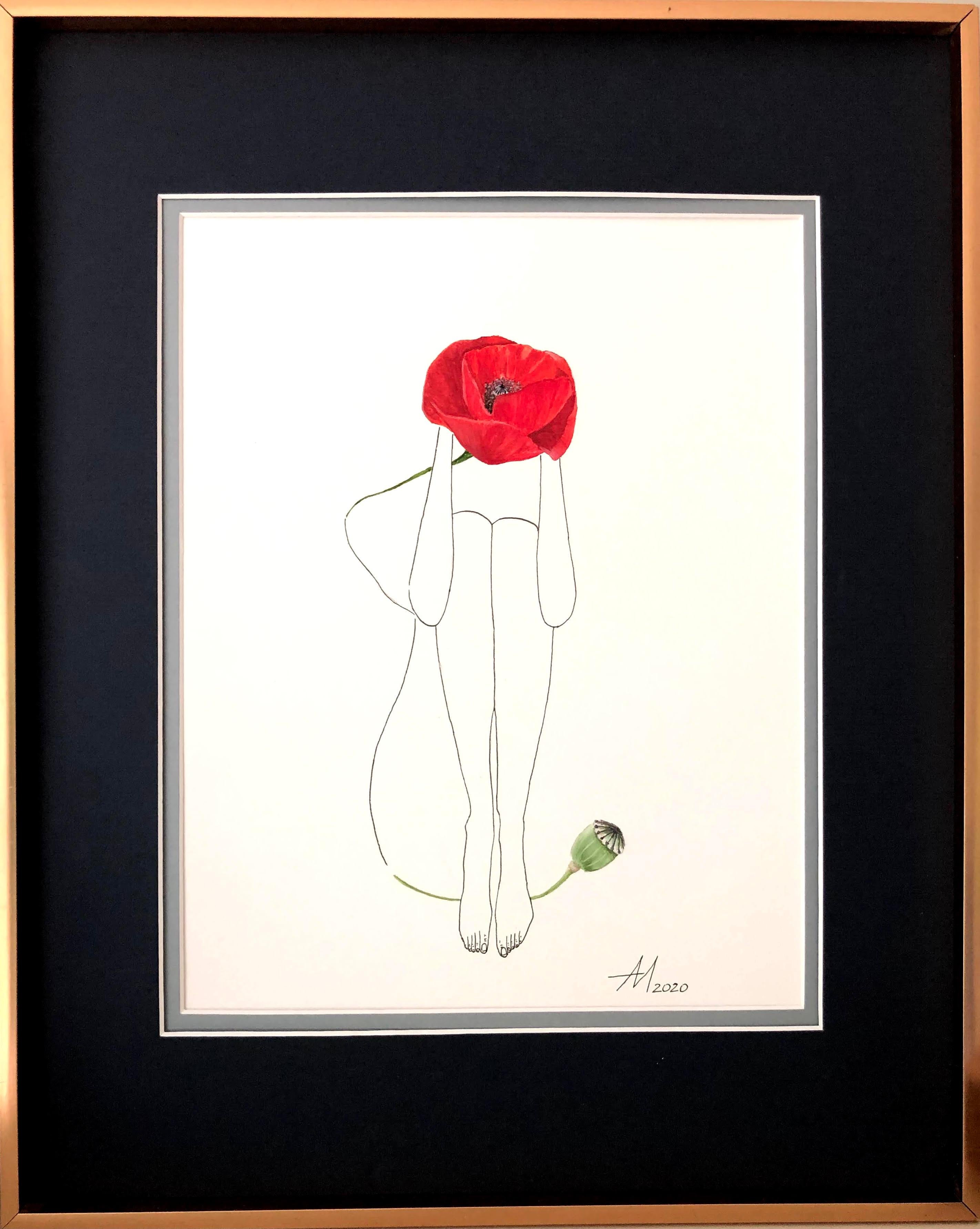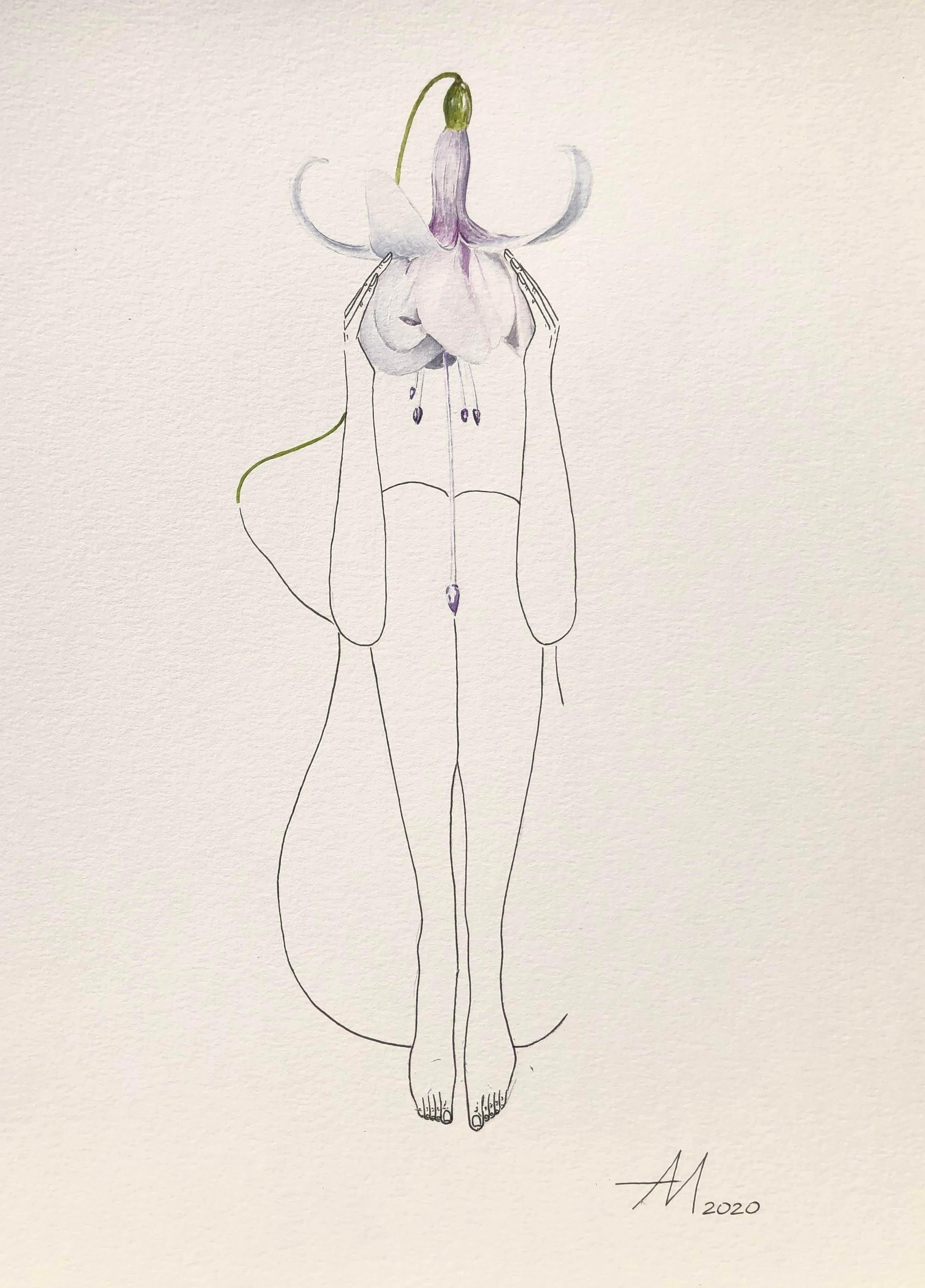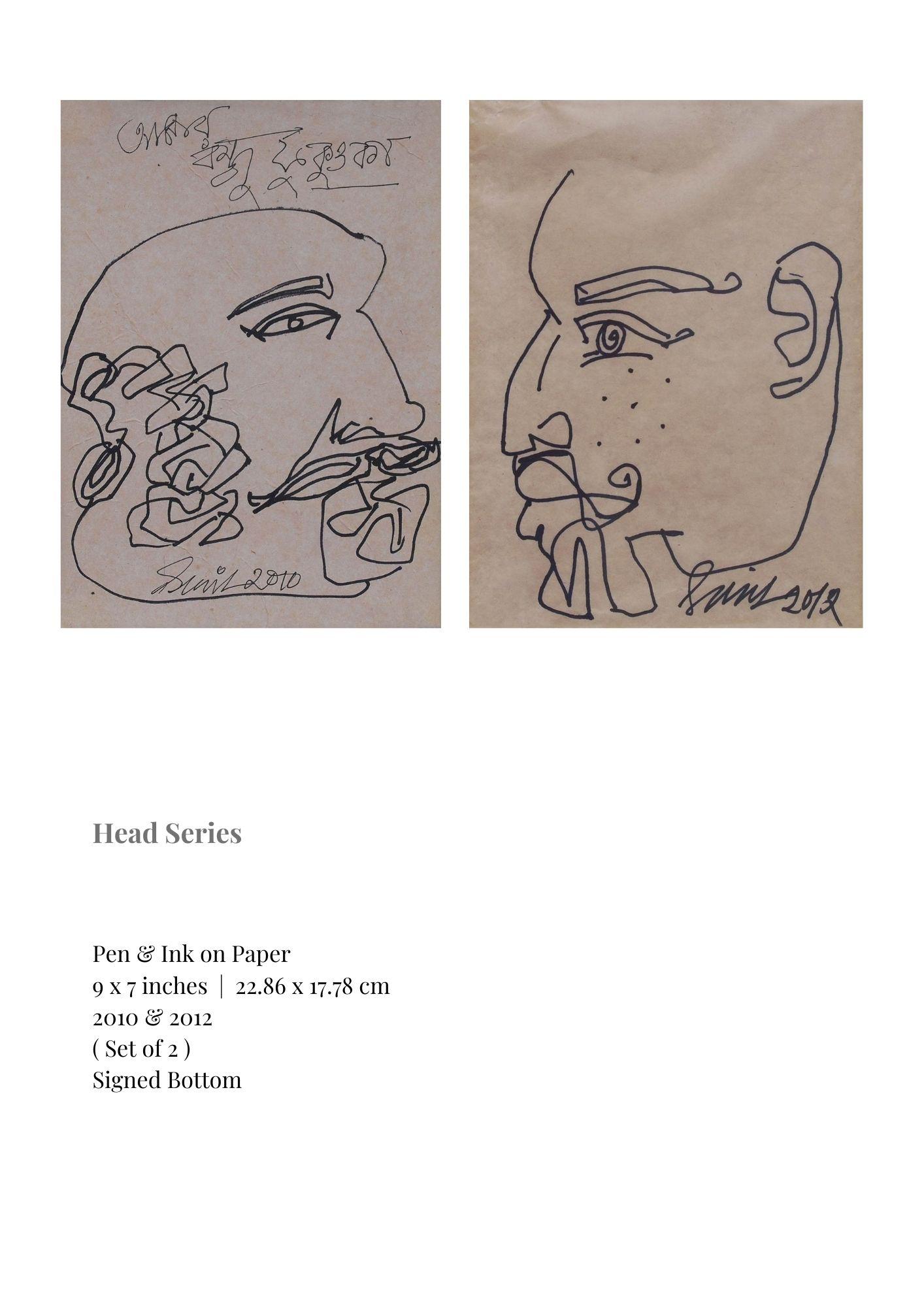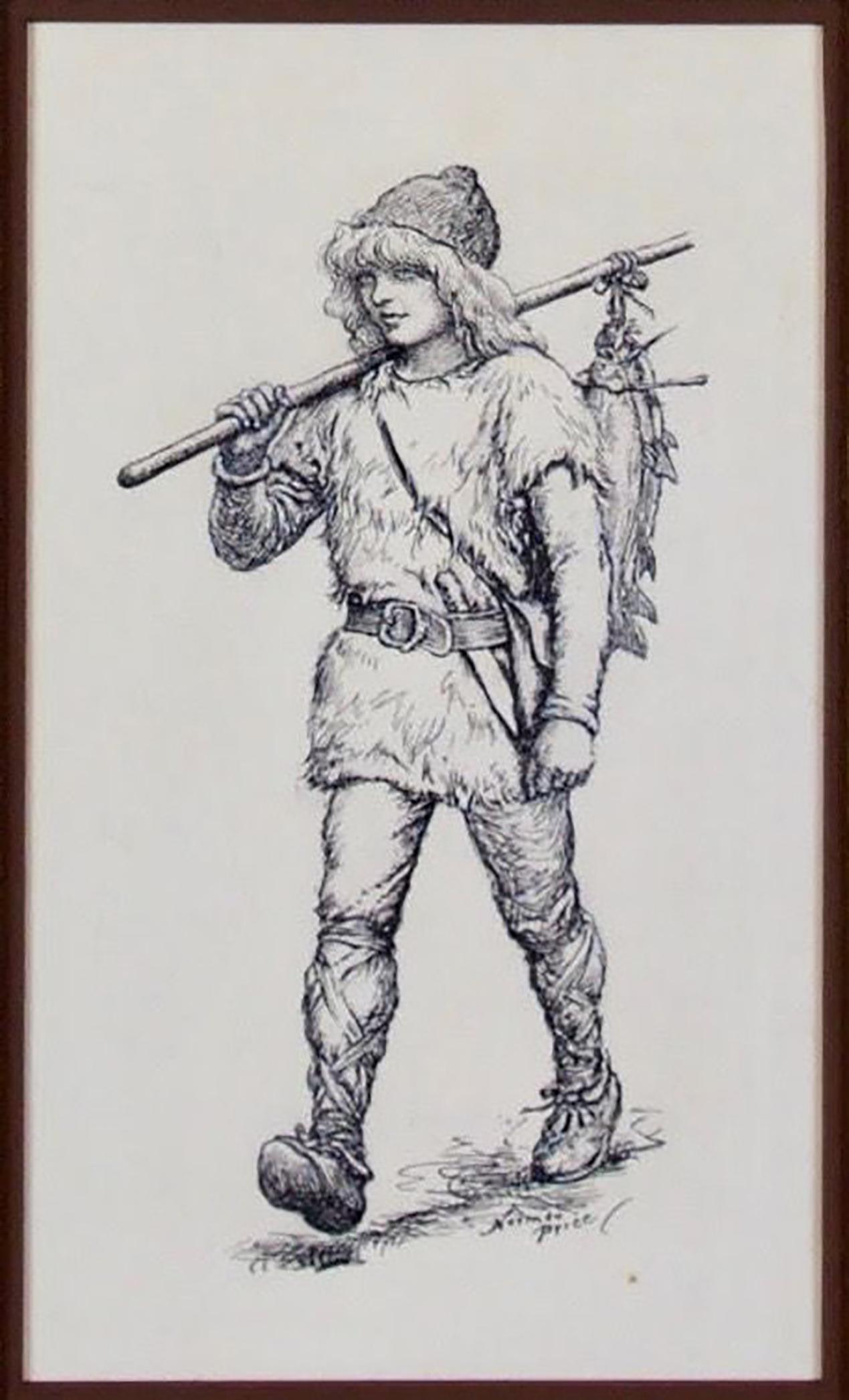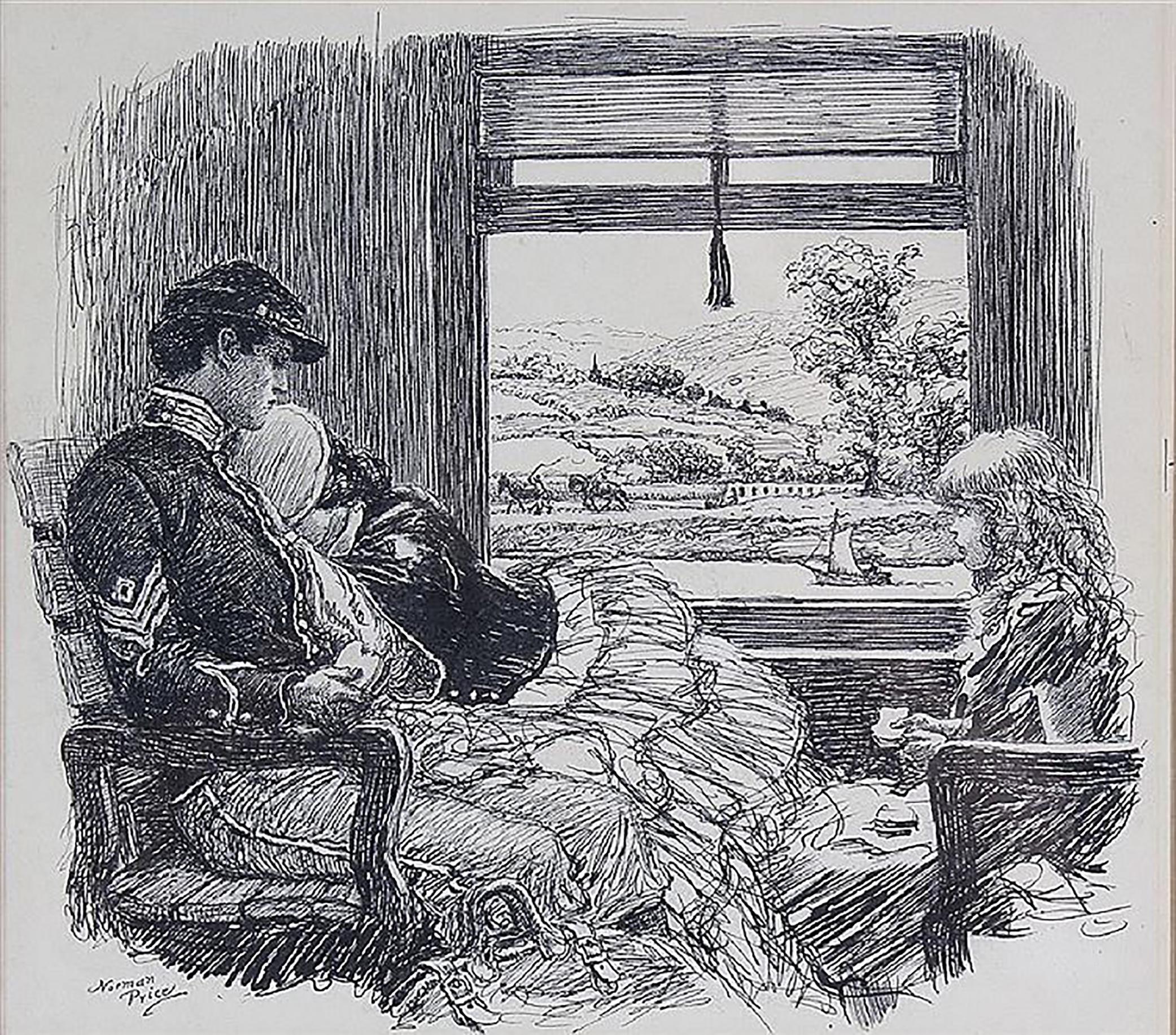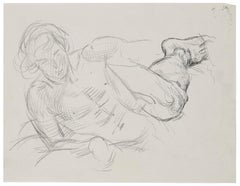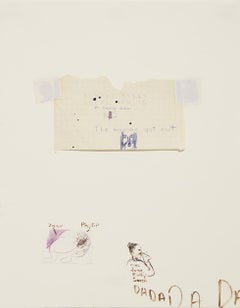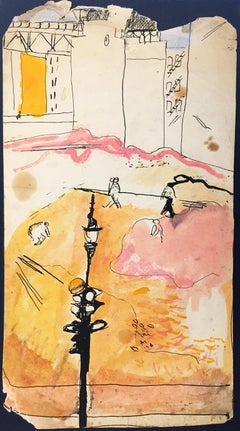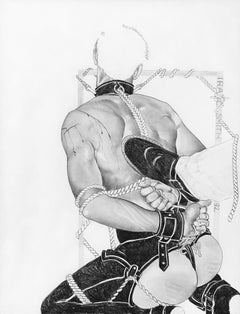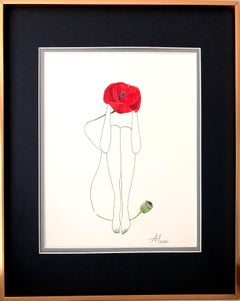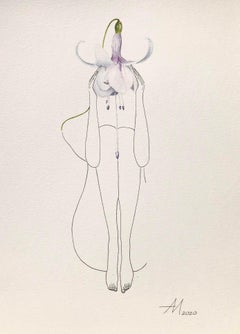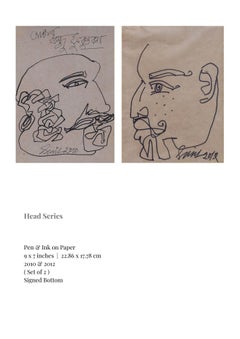George GroszBerlin Street Scene1923
1923
About the Item
- Creator:George Grosz (1891-1969, German)
- Creation Year:1923
- Dimensions:Height: 24 in (60.96 cm)Width: 20 in (50.8 cm)
- Medium:
- Period:
- Condition:
- Gallery Location:New York, NY
- Reference Number:1stDibs: LU93235473222
George Grosz
George Grosz was a German artist known especially for his caricatural drawings and paintings of Berlin life in the 1920s. He was a prominent member of the Berlin Dada and New Objectivity group during the Weimar Republic. Grosz studied drawing at the Dresden Academy (1909–11) and at the School of Arts and Crafts in Berlin (1912–14). He was in the army from 1914–15, and again for a short time in 1917, but spent the rest of the war in Berlin, where he made violently anti-war drawings, in which his main focus was attacking the social corruption of Germany (capitalists, prostitutes, the Prussian military caste, the middle class). His artworks had great impact in the Berlin Dada movement, 1917–20, and collaborated with John Heartfield and Raoul Hausmann in the invention of photomontage.
Many of Grosz’s drawings were published in albums (Gott mit uns, Ecce Homo, Der Spiesser-Spiegel, etc.), and he was subject to prosecutions for insulting the army and blasphemy. He visited the United States in 1932 to teach at the Art Students League, New York, and settled there in 1933. In the latter part of his career, he tried to establish himself as a pure painter of landscapes and still life, but also painted many compositions of an apocalyptic and deeply pessimistic kind. His role in the Berlin Dada movement affected political outlooks and artistic developments not only in Germany, but also in Russia, the Balkan nations, and parts of France.
Grosz's penetrating, darkly humorous style of drawing and his use of satire as a weapon left a deep impression on the work of his contemporaries and the artists of the next generation. Some of his works from the early 1940s, particularly during World War II, do present an allegorical and dramatic representation of Grosz's moral perspective regarding war. Additionally, some of his last pieces from 1958 were photomontages, and hearken back to his earlier Dadaist aesthetic and message, passing judgment upon consumerism and suggesting that his absorption with American culture had ended in disappointment. In 1959, Grosz sold his house and moved back to Berlin. He died shortly after his return, after a fall down the stairs.
- ShippingRetrieving quote...Shipping from: New York, NY
- Return Policy
More From This Seller
View All1960s Contemporary Drawings and Watercolor Paintings
Ink, Paper, Graphite
1990s Feminist Mixed Media
Paper, Ink, Color Pencil, Graphite
Late 20th Century Other Art Style Figurative Drawings and Watercolors
Paper, Ink, Watercolor
1990s Other Art Style Figurative Drawings and Watercolors
Ink, Pencil, Paper
2010s Contemporary Figurative Drawings and Watercolors
Paper, Ink, Acrylic, Watercolor
1970s Realist Figurative Drawings and Watercolors
Ink, Paper
You May Also Like
2010s Modern Portrait Drawings and Watercolors
Ink, Paper, Pen
2010s Minimalist Figurative Drawings and Watercolors
Paper, Ink, Watercolor
2010s Minimalist Figurative Drawings and Watercolors
Paper, Ink, Watercolor
2010s Modern Portrait Drawings and Watercolors
Ink, Paper, Pen
20th Century Figurative Drawings and Watercolors
Paper, Ink
1930s Figurative Drawings and Watercolors
Paper, Ink
Recently Viewed
View AllRead More
Lori Grinker’s Artful Photographs of a Young Mike Tyson Are a Knockout!
The New York photographer tells us how an encounter with the then-13-year-old boxer led to a decade-long project that saw them both go pro.
In Marc Yankus’s Photos, New York Landmarks Are Pristinely Devoid of People
A new exhibition at Manhattan's ClampArt gallery shows off the artist's portraits of urban architectural icons.

